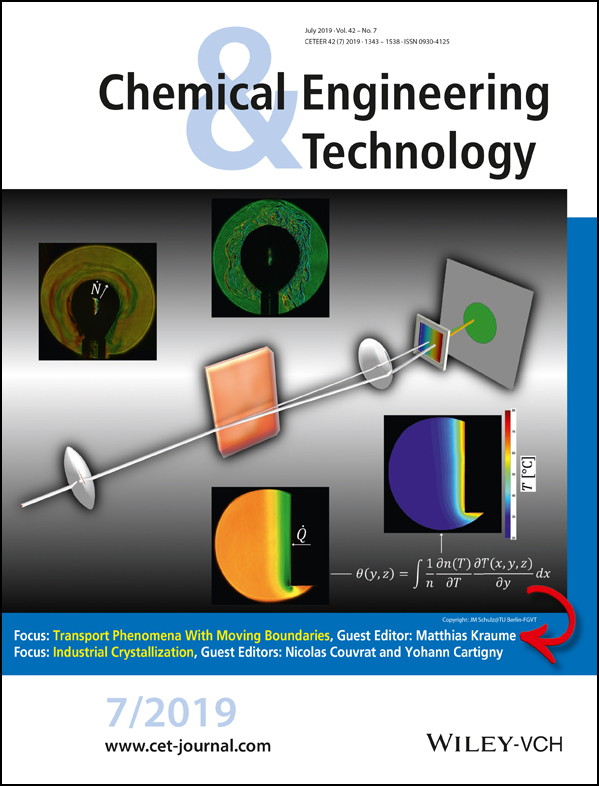Precipitation of Cobalt Salts for Recovery in Leachates
Abstract
Metals such as cobalt are particularly strategic since they are present in many high-added-value products. Besides, at the rate of current consumption, specifically of cobalt, the manufacturers are facing risks of shortage for their supply. So, research on these metals' recovery from industrial or urban waste is highly important for the future. Current work focuses on cobalt recovery from Li-ion batteries by precipitation. Literature was evaluated on the various anions allowing to precipitate Co(II), in particular hydroxide, carbonate, and sulfide ions, and the focus was set on the hydroxide way. Simulations were performed using speciation software to highlight the various parameters influencing the precipitation process and the formed species. From simulation results, experiments were carried out in a synthetic solution containing only Co(II).




